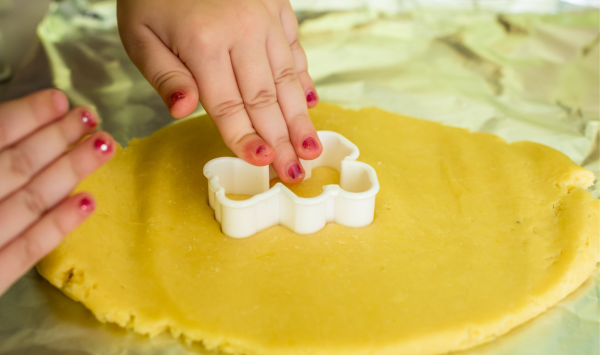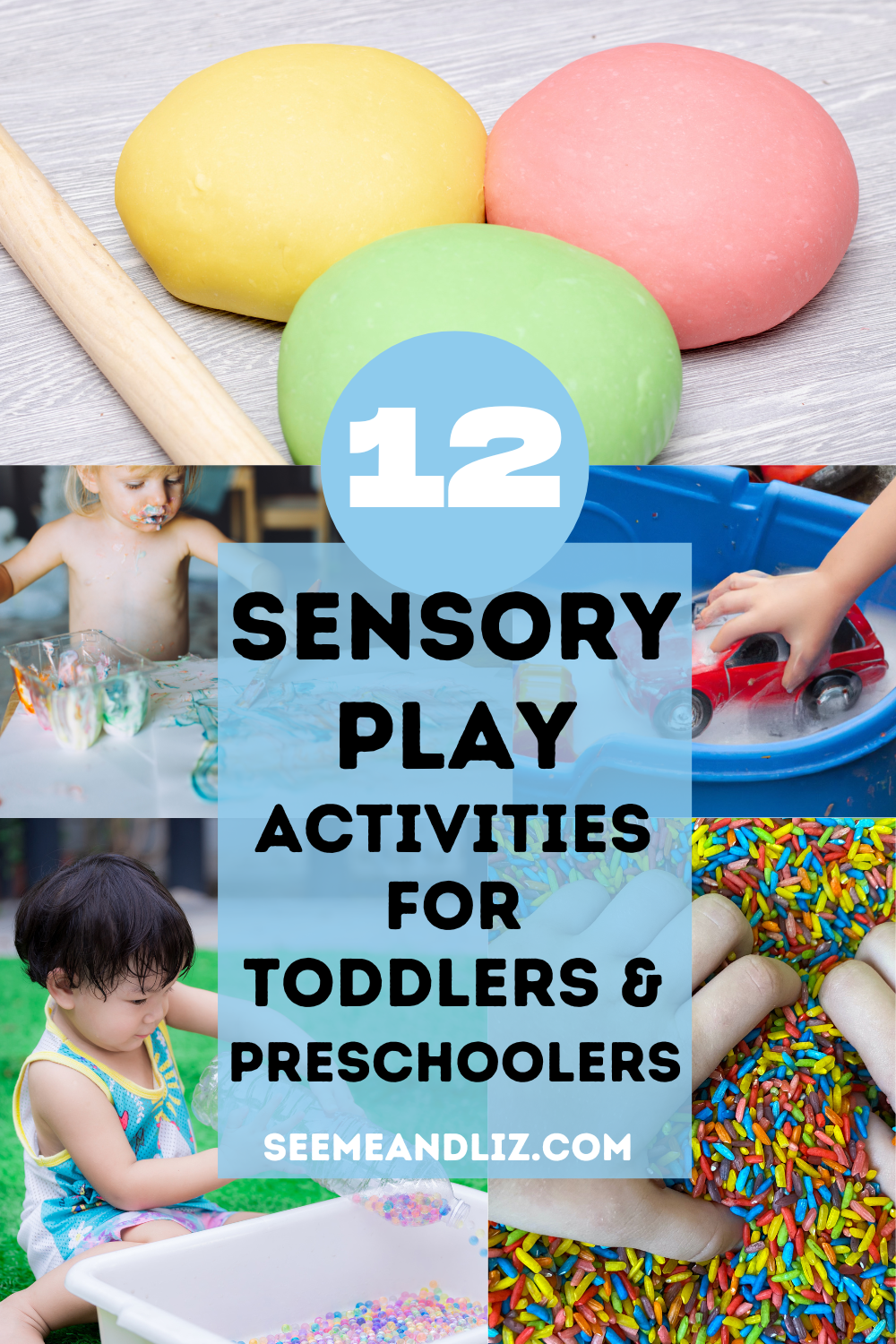
Finding entertaining and interesting toddler learning activities can be difficult for parents or other caregivers. However, adding simple tools like cookie cutters to activities may have a huge impact.
In addition to being perfect for making cookies, cookie cutters are useful for a number of educational activities.
These games and activities can entertain toddlers while additionally supporting the development of fine motor skills, cognitive capabilities, and sensory exploration.
We will discuss the benefits of using cookie cutters for toddler learning in this article, along with some creative learning activities that parents and other adults might try to encourage their children’s growth.
Importance of Early Childhood Learning
A child’s entire development and potential of achieving success in life are greatly influenced by the things they learn in their earliest years.
In addition to developing a child’s behavior, social skills, and cognitive ability, it also provides a foundation for future learning.
Children’s brains are rapidly developing during early childhood, and they are more inclined to discover new things and have new experiences. Children must therefore be provided with educational activities that promote growth and development.
Young children who are encouraged to embrace studying are likely to be more inclined to continue learning new things as they get older.
The development of social skills, problem-solving techniques, and creativity in toddlers is also important for their future success in school and in life.

Benefits of Toddler Learning Activities With Cookie Cutters
Development of Fine Motor Skills
Fine motor skills require the use of small muscles in the hands and fingers, which are necessary for performing tasks like drawing, writing, and buttoning clothes.
Using cookie cutters in learning activities may be beneficial for developing these skills in toddlers. While using cookie cutters kids must hold and control them when trying to create shapes, and this kind of activity helps develop stronger hand and finger muscles.
Furthermore, since children need to correctly set the cookie cutters on the (play)dough or other materials (e.g. paper), cookie cutters may provide a fun and interesting opportunity for developing hand-eye coordination.
By tracing cookie cutters, children must hold the cookie cutter and the pencil which both require strong fine motor skills!
Toddlers can improve their fine motor skills and create foundations for future activities which require exact hand motions.
Cognitive Development
Cognitive development is another important part of early childhood learning that involves a range of abilities, including perception, attention, memory, and problem-solving.
Toddlers can learn and practice a range of cognitive skills through activities such as identifying shapes, matching shapes, counting, and sorting.
For instance, identifying and matching shapes with cookie cutters can help kids develop their visual perception and classification skills.
Counting and sorting activities can help toddlers learn basic math concepts such as numbers and quantities.
By using cookie cutters in learning activities, toddlers can also develop their cognitive abilities which will contribute to their future academic success.
Language Development
Using cookie cutters in playful learning activities can also be beneficial to language development in toddlers.
When participating in such activities, parents can use words to describe the shapes, colors, and textures of the materials being used.
This provides opportunities for toddlers to learn and practice new words and build their vocabulary.
Additionally, engaging in cookie cutter activities with a caregiver can help toddlers develop their communication skills as they learn to express their thoughts.
As children practice language during these activities, they can develop the necessary skills to communicate effectively with others, which can benefit them in school and beyond.
3 Simple Learning Activities for Toddlers Using Cookie Cutters
Identifying Shapes
Cookie cutters can be used to help toddlers identify and learn different shapes or objects (for example, flower, butterfly, circle, bunny, etc.). Parents can use cookie cutters to make shapes on paper or cardboard, and then encourage toddlers to name and identify each shape.
For younger toddlers, parents can demonstrate how to fit the corresponding cookie cutter into each shape. This can help toddlers develop their visual discrimination skills and ability to recognize and match shapes.
As toddlers become more familiar with the shapes, caregivers can increase the difficulty by using cookie cutters to make more complex shapes or by mixing up the shapes and asking toddlers to sort them into groups.
By using cookie cutters to identify shapes, toddlers can develop important skills for later academic success, such as recognizing and identifying geometric shapes.
Matching Shapes
Matching shapes is another fun and educational activity that can be done with cookie cutters and can help toddlers develop their visual discrimination skills.
Caregivers can use different colored paper or cardboard and draw shapes that match the cookie cutters. Toddlers can then match the cookie cutters to the corresponding shapes on the paper.
As they become more familiar with the shapes, you can increase the difficulty by adding more shapes or using more complex cookie cutters.
This activity can help toddlers develop their problem-solving skills and build their confidence as they learn to match shapes correctly. Additionally, by using cookie cutters to match shapes, toddlers can develop important skills that will be useful in later math and geometry learning.
Sensory Play
Sensory play is an important aspect of early childhood learning, and cookie cutters can provide a unique way for toddlers to explore their senses.
Caregivers can use cookie cutters to create different shapes and patterns in sensory bins filled with materials such as rice, sand, or shaving cream.
Toddlers can use their hands to feel the different textures and shapes, and practice identifying the shapes they see.
By engaging in sensory play with cookie cutters, toddlers can develop their tactile sensory processing, as well as their ability to discriminate between different shapes and textures.
Additionally, sensory play can promote language development as toddlers describe what they see and feel, and communication skills as they interact with caregivers and other children.
Overall, sensory play with cookie cutters can provide a fun and stimulating way for toddlers to explore and learn about the world around them.
The Bottom Line
Cookie cutters can provide a versatile tool for a variety of learning activities that promote different aspects of toddler development. From promoting fine motor skills and cognitive development to language and communication skills, cookie cutter activities can offer a fun and engaging way for toddlers to learn and explore their world.
Author Bio
Jordan River is an experienced baker with a background in event management. She went into marketing and customer care, working with JB Cookie Cutters to educate and share her experience. She’s had her fair share of kitchen and cooking tools and knows exactly what works best and why.
Before she started writing, Jordan got a degree in marketing and communications. She is a mom of two, so when not writing, she loves cooking and testing new recipes, improvising in the kitchen, and creating unique things that turn into family events.



